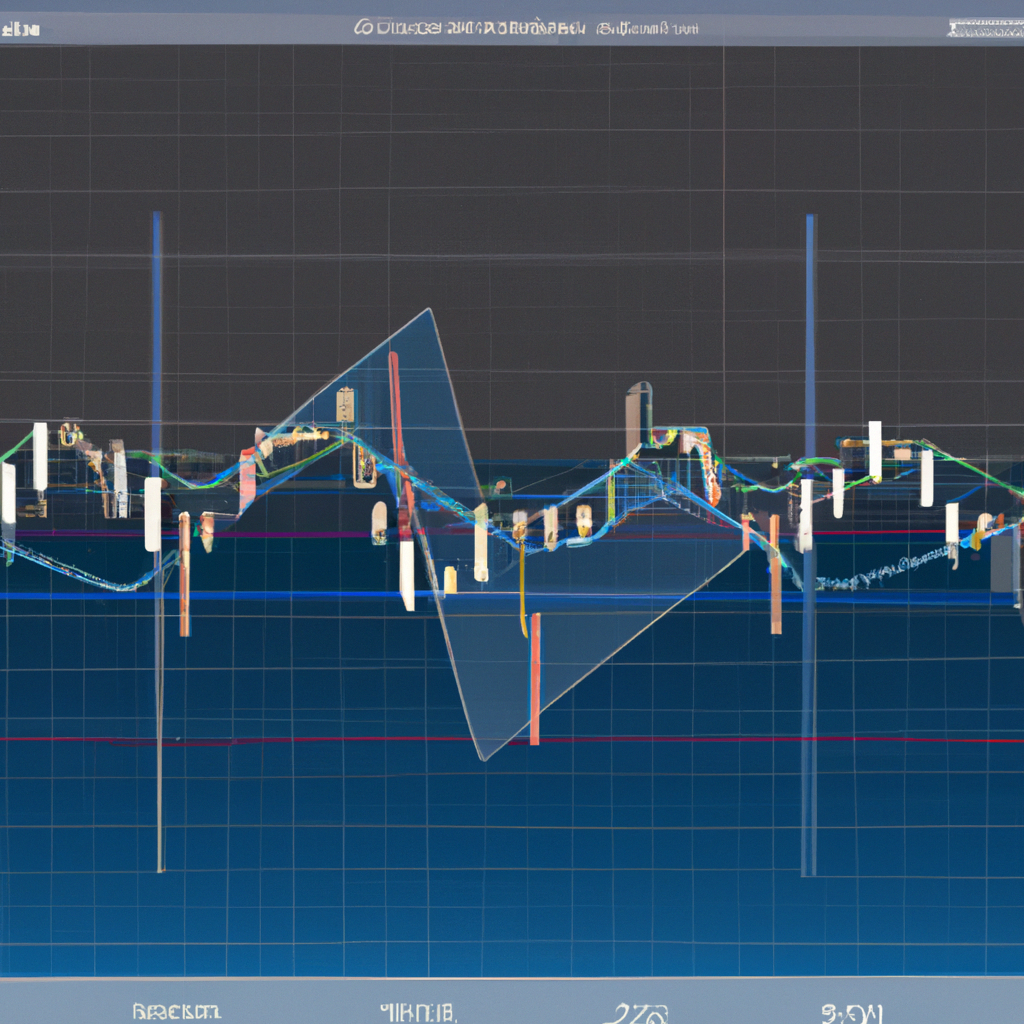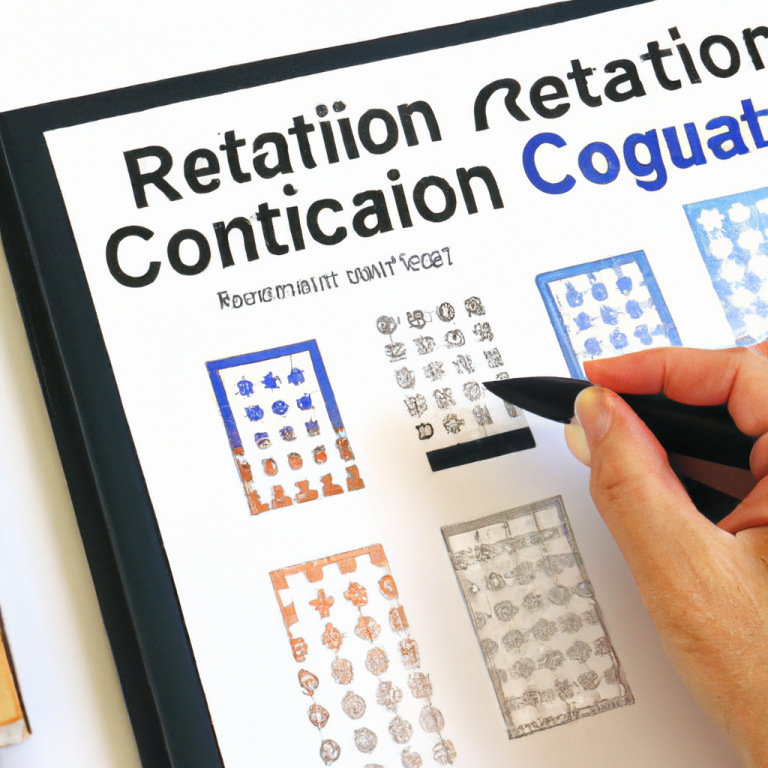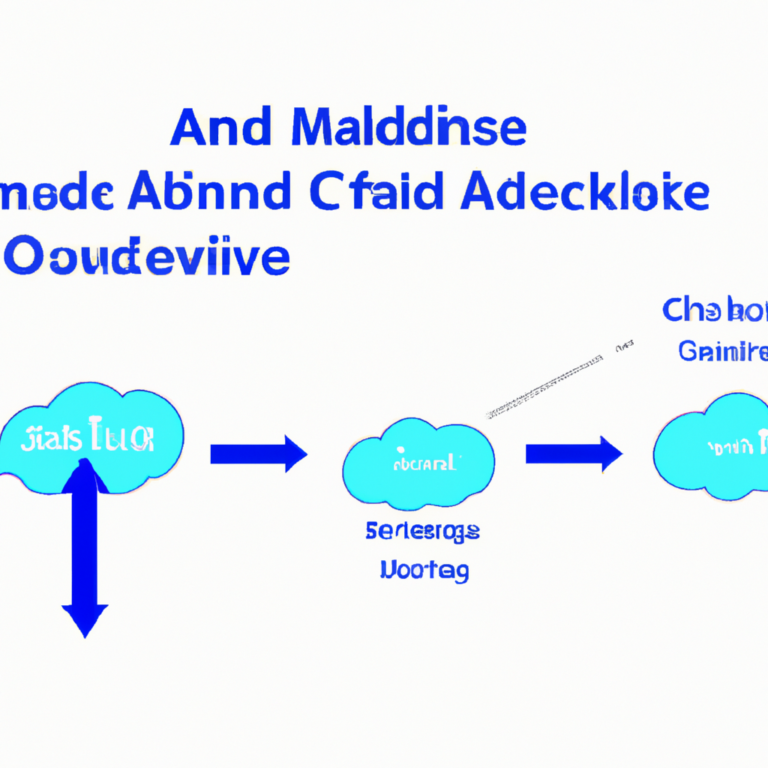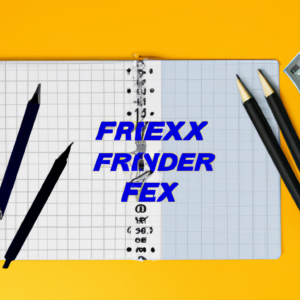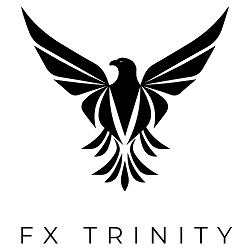# Trading with Harmonic Patterns
In the vibrant world of forex trading, the quest for effective strategies is unending. Among these, trading with harmonic patterns stands out as a particularly insightful approach. Harmonic patterns, grounded in the Fibonacci sequence, offer traders a way to predict future movements by analyzing price patterns. This article delves into the essence of trading with harmonic patterns.
Introduction to Harmonic Patterns
Harmonic patterns are advanced technical analysis tools that take geometric price patterns to the next level. They are based on specific Fibonacci ratios to identify potential reversal points in the financial markets. These patterns are considered highly accurate, providing traders with insights on both market direction and potential reversal points.
Types of Harmonic Patterns
Several harmonic patterns are utilized by traders. Each has its unique structure and Fibonacci ratios.
Gartley Pattern
The Gartley pattern, discovered by H.M. Gartley in 1932, is often considered the foundation of harmonic pattern trading. It resembles an ‘M’ or ‘W’ shape and points towards potential price reversals.
Butterfly Pattern
The Butterfly pattern is distinguished by its tighter convergences and distinct Fibonacci ratios, predicting reversals with high accuracy.
Bat Pattern
Similar to the Gartley pattern but with different Fibonacci ratios, the Bat pattern can signal both bullish and bearish reversals.
Crab Pattern
Known for providing the most precise potential reversal zones (PRZ), the Crab pattern utilizes extreme Fibonacci levels to predict price movement.
Trading Principles
Trading with harmonic patterns involves recognizing the patterns early and understanding the potential price movements they signal.
Identification
To successfully trade with harmonic patterns, traders must first learn to identify these patterns as they form. This requires familiarity with the shape and Fibonacci ratios characteristic of each pattern.
Confirmation
After identification, traders seek confirmation of the pattern through additional technical analysis tools like oscillators or moving averages. This step is critical to avoid false signals.
Execution
With the pattern identified and confirmed, traders must decide on entry points, stop-loss orders, and take-profit levels. Precise calculations based on the harmonic pattern and the trader’s risk tolerance are crucial here.
Advantages and Disadvantages
Advantages
– **High Accuracy:** When identified and traded correctly, harmonic patterns can predict market reversals with high accuracy.
– **Clear Trading Signals:** The use of Fibonacci ratios provides clear signals for entry and exit points.
– **Versatility:** Harmonic patterns can be applied across different time frames and markets.
Disadvantages
– **Complexity:** Learning to identify and trade harmonic patterns accurately can be challenging for beginners.
– **Subjectivity:** Sometimes, interpreting these patterns can be subjective, leading to inconsistent results.
– **Time-consuming:** Finding and analyzing these patterns requires significant time and patience.
Conclusion
Trading with harmonic patterns offers a sophisticated way to gauge market movements and make informed trading decisions. Despite the complexity and potential challenges, the accuracy and insights provided by these patterns make them a valuable tool in a trader’s arsenal. As with any trading strategy, success with harmonic patterns requires study, practice, and a keen eye for detail.
